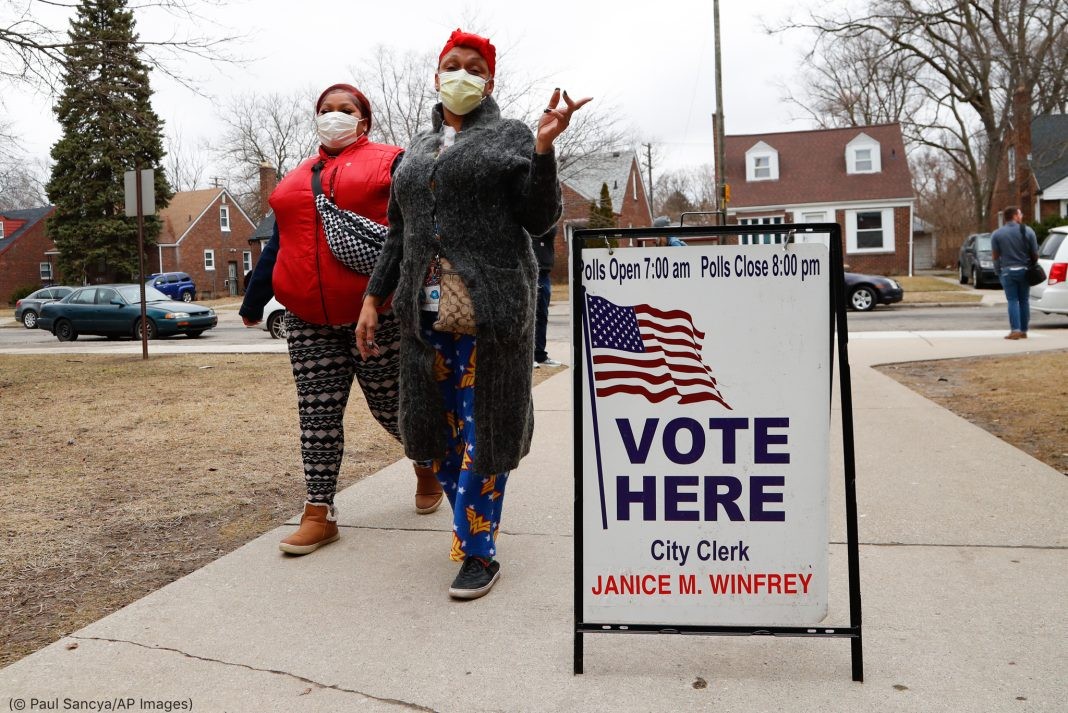In the landscape of U.S. presidential elections, some states hold a disproportionate amount of influence. These are not the reliably Republican or Democratic strongholds, but rather the closely divided states where the presidential race is often decided. These pivotal regions are known as “battleground states,” also frequently referred to as “swing states.” Understanding what these states are and why they are so crucial is essential to grasping the dynamics of American presidential elections.
Defining Battleground States: Where Elections Are Won and Lost
Battleground states are characterized by their political ambivalence. Unlike states with consistently strong support for one party, these states have a electorate that is almost evenly split between Democrats and Republicans. This political equipoise makes them unpredictable and capable of “swinging” from supporting one party to another in different election cycles. As a result, presidential candidates cannot take these states for granted and must actively campaign to win them over.
Political analysts often use terms like “toss-up states” to describe these regions, highlighting the uncertainty surrounding their likely voting patterns. While experts may debate the exact list, common examples frequently cited include Arizona, Florida, Michigan, Pennsylvania, and Wisconsin. Some also include states like New Hampshire and North Carolina, reflecting the shifting political winds and the increasingly competitive nature of presidential contests.
The Electoral College: Why Battleground States Are Key
The significance of battleground states is intrinsically linked to the U.S. Electoral College system. In this system, Americans don’t directly elect the president by popular vote. Instead, they vote for a slate of electors who then cast the actual presidential votes. The number of electors each state receives is based on its population. Critically, most states employ a “winner-take-all” approach, meaning the presidential candidate who wins the popular vote in that state receives all of its electoral votes.
 Voters in masks at Bow Elementary School in Detroit, Michigan, a swing state, for the state primary election, highlighting the importance of voter participation in key electoral regions.
Voters in masks at Bow Elementary School in Detroit, Michigan, a swing state, for the state primary election, highlighting the importance of voter participation in key electoral regions.
This winner-take-all system magnifies the importance of battleground states. Winning in states like Florida, which boasts a substantial 29 electoral votes (tying with New York, after California and Texas), dramatically increases a candidate’s chances of reaching the necessary 270 electoral votes to win the presidency. Therefore, presidential campaigns strategically concentrate their resources—time, money, and personnel—on persuading voters in these key swing states.
To illustrate the power of the Electoral College, consider the visual representation of the United States. The conventional map presents states by geographical size. However, when states are resized according to their electoral vote count, as depicted in maps showing electoral power, the influence of populous states, particularly swing states, becomes strikingly apparent.
Florida: A Prime Example of a Battleground State
Florida perfectly embodies the characteristics of a battleground state and is often considered the quintessential swing state. Its political history demonstrates a remarkable tendency to alternate between parties. For instance, Florida supported Democrat Barack Obama in 2008 and Republican George W. Bush in 2000. Adding to its mystique, the winner of Florida has gone on to win the presidency in every election since 1964, underscoring its predictive power.
Florida’s electorate is famously diverse and unpredictable. While it’s known for its significant elderly population, younger generations are increasingly influential, with those born in 1965 or later constituting a majority of registered voters. A substantial portion of these younger voters identify as independents, further contributing to the state’s volatile voting behavior.
Moreover, demographics within Florida are incredibly varied. The state has a large Latino population, encompassing groups with differing political leanings, such as Cuban-Americans who often lean Republican and Puerto Ricans who tend to favor Democrats. The presence of “snowbirds”—winter residents from the Midwest and Northeast—adds another layer of complexity to the electorate.
This rich diversity makes Florida a microcosm of the broader American electorate. Candidates often use Florida as a testing ground for campaign strategies and messaging, believing that what resonates with Florida voters is likely to resonate with a national audience. Florida’s March primary elections and November general election serve as crucial moments in the presidential race, offering insights into voter sentiment and potentially foreshadowing national trends.
In conclusion, battleground states are the linchpins of U.S. presidential elections. Their politically divided populations and the winner-take-all nature of the Electoral College system make them the primary focus of presidential campaigns. States like Florida, with their diverse demographics and history of swinging between parties, exemplify why understanding battleground states is essential to understanding the pathway to the White House.
